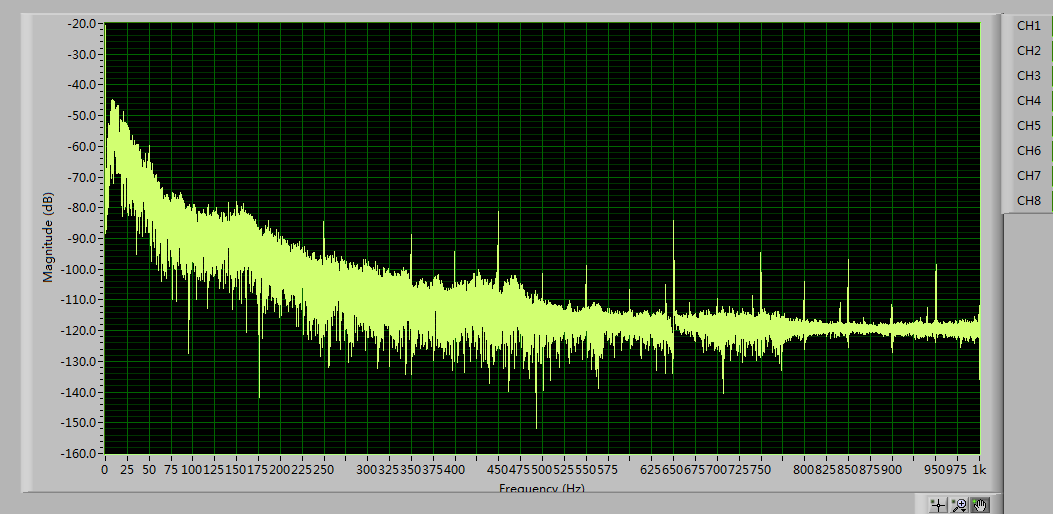Hi! I'm new here, and I get a ADS1x98ECG FE.
I'ld like to try phonocardiogram monitoring. Can I use a sensor to connect to the FE and measure phonocardiogram?
Will there be any filter or amplifer which frequency response attenuates below 1kHz? Which channel is better for PCG useage?
Thanks for your kind response!


